Knowing how to take a good photo or video has become a must-have skill in this Instagram and Tik Tok age. However, for most people, that’s not as easy as pointing their camera (or phone) in the right direction and snapping a photo.
Luckily, if you don’t want to end up with a blurred or misaligned photo for your next Instagram story, there is a gadget that can help you out, and it’s called a “Gimbal.”
So what is a Gimbal, and how does it work?
What is a Gimbal?
Have you ever tried to take a video of someone running from point A to point B? If you try that with a handheld camera, the end result (meaning, the footage) will look shaky, and it won’t be good at all.
Now, you could get a Steadicam to stabilize your shot, but the rig can cost anywhere from $2,500 (for a budget-friendly version) up to $10,000 for the professional Steadicam Zephyr, which will probably drive most people off.
Instead, you can get a tool called a “Gimbal” for a much lower price and get smooth footage.
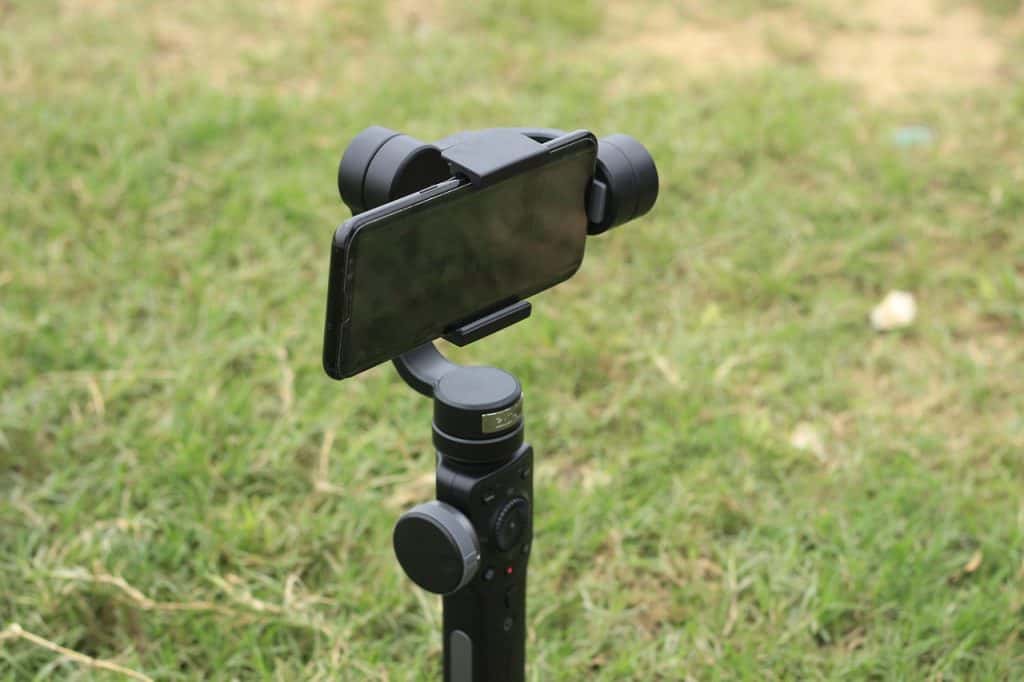
A gimbal is a handheld stabilizer tool that you can mount your camera or smartphone onto to get a clear video while moving without the unwanted shake.
At least, that’s the simple explanation of how a gimbal works. Let’s take a look at the science and technology behind it next.
Gimbal science and technology
Physical objects can rotate on 3 different axes:
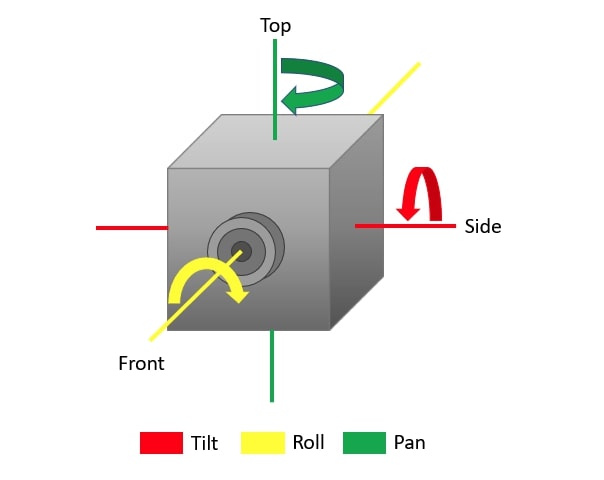
- Pan or yaw
- Tilt or pitch
- Roll
If you take your head, for instance, “pan rotation” would be turning it left to right, “tilt” would be nodding the head up and down and “roll” would be tilting the head from shoulder to shoulder.
Of course, since the head is (luckily) mounted on the body, most of the time, you get a clear picture of what you’re seeing, even if you’re on the move.
With a handheld camera or phone, you lose that stability, so you need something to steady your hand, so to speak.
Professional filmmakers will use Steadicams and Dollys. However, as we already mentioned, these are very expensive, plus they require a skilled operator to handle them. So that’s probably not an option for most YouTube video content creators out there.
Check out the best graphics cards for video editing and rendering in 2022.
This is where the gimbal comes into the picture. Now that we’ve covered what is a gimbal, let’s take a look at how does a gimbal work.
How does a gimbal work?
Basically, a gimbal supports and stabilizes the camera while you are on the move. Thanks to the sensors and motors in it, the gimbal can tell the difference between an intentional movement you make and unintentional shaking of the camera.
How is this done?
The gimbal uses rotation and motion sensors or inertial measurement units (IMU). These sensors send data to a small computer inside the gimbal, which then calculates the necessary countermovement for each axis (yaw, pitch, or roll) to stabilize the footage.
However, let’s say that you actually want to make a certain movement, like tilt the camera. How does the gimbal tell the difference between such deliberate movement and one resulting from your shaky hands?
The answer lies in advanced heuristic algorithms.
Let’s say you want to visit a friend. To get to them from your home, you have 4 options:
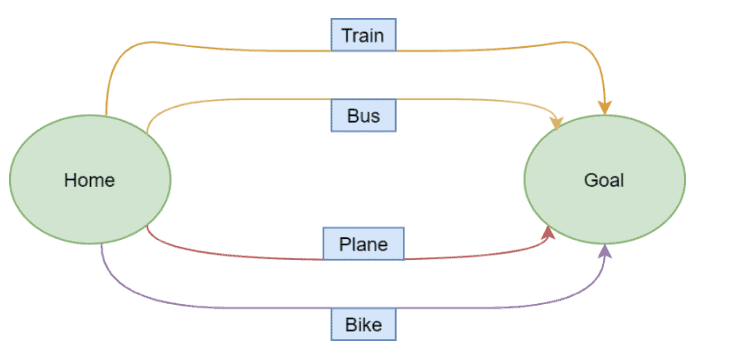
- Bike
- Plane
- Bus
- Train
Now the question is, which option would be:
- Fastest or shortest (meaning it would take the least amount of time)
- Cheapest (it would cost the least)?
There are two ways or algorithms that we can use to determine the optimal solution.
The first one is the “greedy” algorithm. This is basically your “best at the moment” solution. In our example above, we might find that the bus is the faster solution than either a train or a bike and also cheaper than a plane or a train; hence it’s the “greedy” solution.
However, the best solution at the moment may not often be the best in every situation.
Let’s say, for instance, that there is a traffic jam on the road where the bus is going. In this case, it’s better to have a globally optimal solution, or a “rule of thumb,” which would be the “heuristic” algorithm.
In other words, we use heuristic algorithms when finding the “most accurate” solution would take too much time. This instead gives us an “approximate” solution, which may not be the best in theory, but provides good enough results.
Different types of gimbals
There are two types of gimbals:
- 2-axis gimbals
- 3-axis gimbals
As you can probably guess, 2-axis gimbals can rotate around two axes. These will be pitch (forward and backward) and roll (side to side) in most cases. However, they won’t have a pane axis (left to right).
Contrary to what you might think, the third axis isn’t always the best. For one, the extra pivot comes at the cost of an additional motor, which adds to the gimbal’s weight and more battery usage.
In other words, for most purposes, a 2-axis gimbal will be adequate.
Yet another way to distinguish gimbals is by the type of device it supports.
In that case, we have 4 types of gimbals:
- For smartphones
- For DSLR cameras
- For mirrorless cameras
- For GoPros
That’s not all, however. Your gimbal for DSLR cameras is not compatible with every camera out there.
For instance, the popular Ronin SC is compatible with these cameras, but you won’t be able to mount some other types on it.
Gimbals vs the competition
Gimbals share a lot of characteristics with mechanical stabilizers like Steadicams and Dollys, as well as tripods and selfie sticks. Still, they have a few significant differences that we will now explain:
Gimbal vs Steadicam
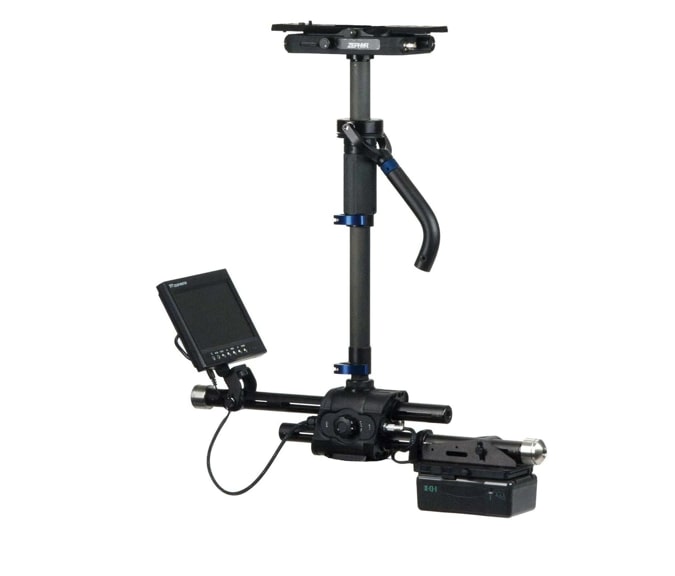
While the gimbal as we know it today is a relatively new invention, filmmakers have been using Steadicams since the 1970s.
One of the biggest differences between the two is their price. We already mentioned that a Steadicam can cost up to $10,000, while a gimbal is usually around $300-500.
So what’s the deal? Why isn’t Hollywood using gimbals instead of Steadicams?
This is because the recording equipment for a movie or TV is much bigger than what a gimbal can support. We are talking about professional movie cameras, which means that a Steadicam must have a bunch of counterweights to counter any camera shake, and that’s just not feasible with a gimbal.
Gimbal vs Dolly
Another type of equipment used in movie or TV production is the camera dolly. Essentially, the dolly is a wheeled device that allows the camera operator to create a tracking camera movement.
The dolly, however, requires tracks to move either horizontally (tracking), in and out, or in 360 degrees around the object, while a gimbal can be carried in one’s hands.
Gimbal vs Tripod
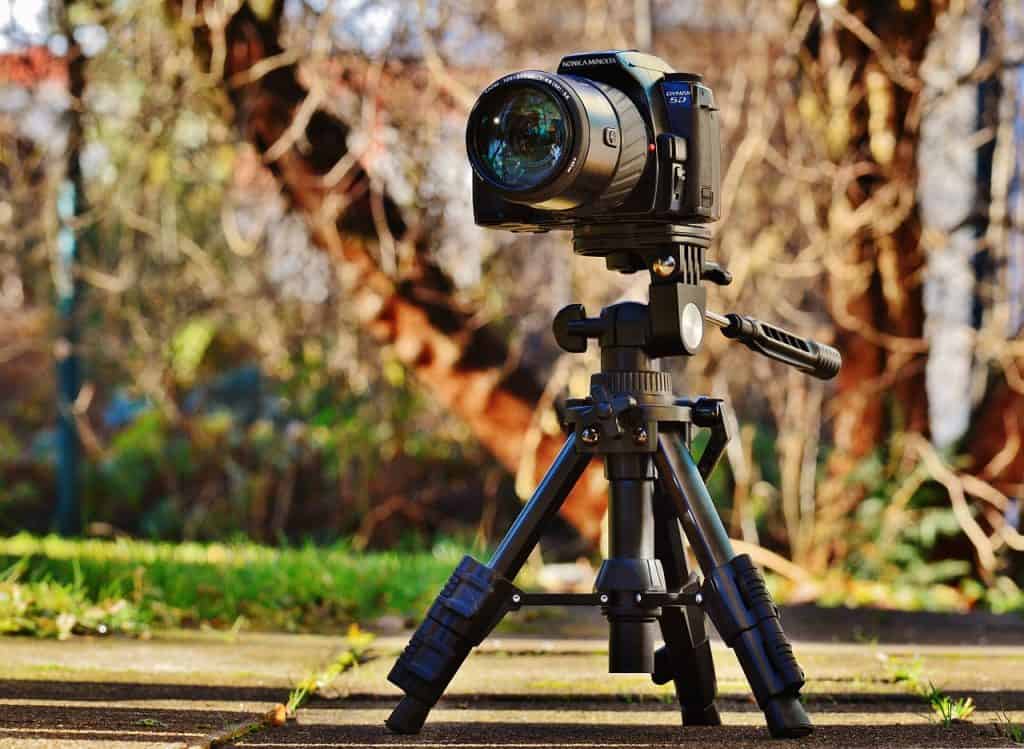
While Steadicams and camera dollies are typically used for expensive (and heavy) equipment, a tripod is a relatively affordable piece of equipment that is great for taking steady shots.
However, the key difference between a tripod and a gimbal is that you can’t move the camera with a tripod. Once you mount the tripod in a place, you can only take a fixed shot, while with a gimbal, you can actually move around, making it more suitable for tracking shots.
Gimbal vs Selfie Stick
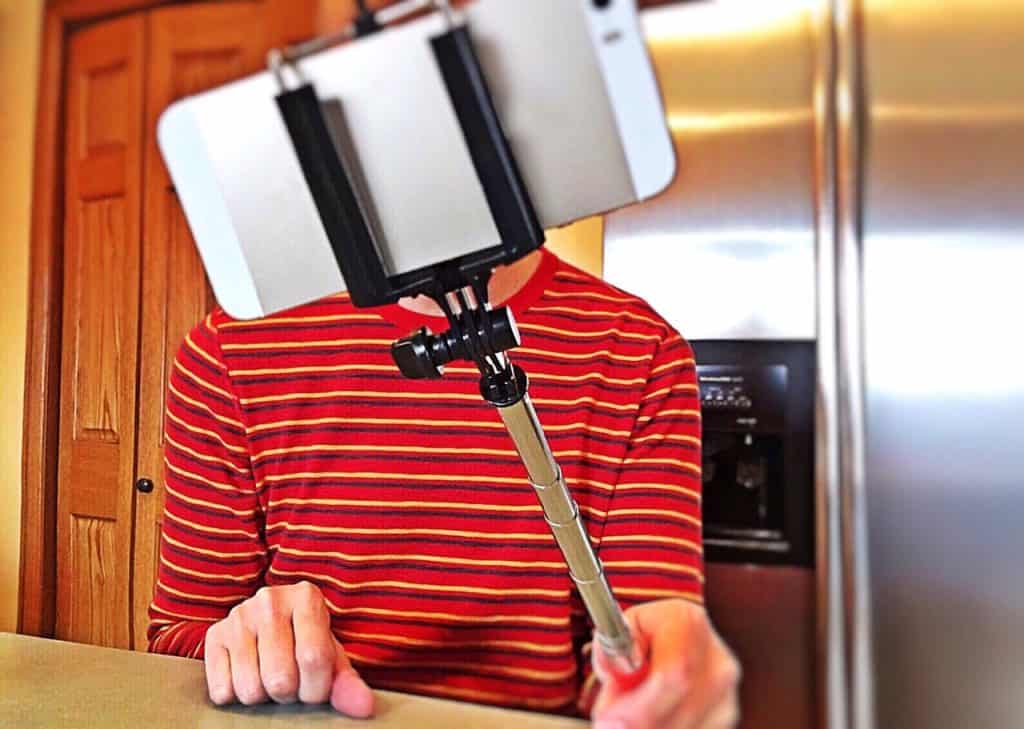
Finally, we also have selfie sticks. You’re probably familiar with these, whether you find them useful or hate them.
There are two differences between a gimbal and a selfie stick.
The first difference is that a gimbal can be used for phones, cameras and GoPros, while the selfie stick is only used with a smartphone.
The second difference is in which way the shot is taken. A gimbal is used to capture whatever is in front of you, while a selfie stick takes a photo of yourself as you hold the camera (aka, a “selfie”).
Also Read: GoPro Voice Commands Guide with Secret Commands!
Frequently Asked Questions
Do I need a gimbal?
If you are making a lot of dynamic videos and clips and want them to be as clear and stable as possible, then a gimbal is a must. However, if you’re more into taking fixed shots, then a tripod is a better option.
Is it worth getting a gimbal?
It depends. If you intend to take regular videos or clips or something in motion with your smartphone or camera, having a gimbal will allow you to capture a steady shot.
In addition, you also need to consider the price. A gimbal can cost up to $500. That is as much as a budget phone or a DSLR camera.
What are the benefits of a gimbal?
A gimbal has several benefits that can make it a beneficial addition for a video content creator.
Namely:
1. It will help you get much smoother footage than holding the camera or phone in your hands.
2. Second, it will hold your phone in place, so you don’t have to worry about dropping it.
3. Finally, they are easy to carry around, and there are types that you can also mount, for instance, on your bike and leave your hands free.
Conclusion
Today it’s all about taking the best clip or photo on social media. Nobody is going to appreciate a shaky, unfocused video.
If you’re making videos for Instagram or Tik Tok, a gimbal can be really useful to have around, making your video content look much more professional.
There you have it. Now you know the answer to what is a gimbal. So go out and take some good videos. But remember to ask permission first if you’re going to film someone!